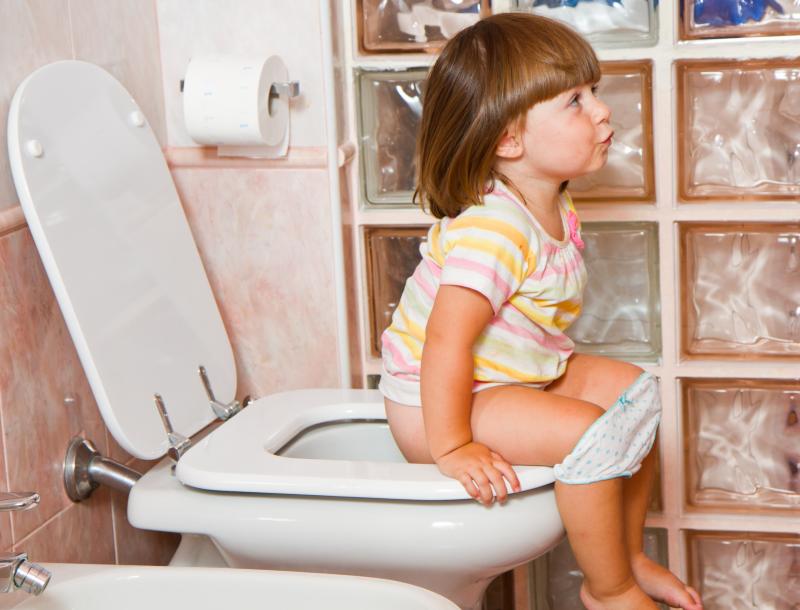
Lower urinary tract dysfunction (LUTD) often occurs with psychiatric disorders in children, a new study has shown.
Researchers enrolled 156 paediatric LUTD patients (mean age at diagnosis, 8.7 years; 53.8 percent female), most of whom had overactive bladder (OAB; n=76). Dysfunctional voiding (n=53), underactive bladder (n=13) and primary bladder neck dysfunction (PBND; n=14) were the other LUTD subcategories. A short screening test was employed to identify psychiatric disorders in each subgroup.
Forty-six children had psychiatric disorders, corresponding to a prevalence rate of 29.4 percent. Thirty-two had externalization disorders, while the remaining 14 had internalization problems.
More than half (53.8 percent) of the participants with psychiatric disorders had underactive bladders, which emerged as the most common LUTD among those with psychiatric comorbidities. This was followed by PBND (35.7 percent) and OAB (28.9 percent).
Conversely, analysis according to LUTD subcategories showed that psychiatric disorders were similarly common among those with the urological condition. Both attention deficit/hyperactivity disorder (n=25) and oppositional defiant disorder (n=7), for instance, were present across all LUTD subgroups. Anxiety was also prevalent (n=7), though none of the participants with underactive bladders had the condition.
Other psychiatric problems reported included depression (n=4) and obsessive-compulsive disorder (n=3).
“If associated psychiatric problems are neglected, treatment of LUTD may remain insufficient. We recommend a short screening test to detect psychiatric problems in patients presenting with LUTD,” coupled with the relevant intervention approaches, said researchers.